HDR10+ vs Dolby Vision: Which HDR format is best?
The differences between HDR10+ and Dolby Vision HDR explained

In 2025, anyone looking for the best TVs will likely have encountered the terms HDR10+ and Dolby Vision, both of which are high dynamic range (HDR) formats that promise incredibly realistic visuals for all types of content.
High Dynamic Range has revolutionised the way we experience movies, TV shows, and video games, bringing more vivid colors, deeper contrast, and brighter highlights to our screens.
Among the HDR formats available, HDR10+ and Dolby Vision stand out as the two leading options, each promising to deliver the ultimate visual experience on your new TV.
However, these formats aren’t identical, and understanding their differences is crucial for anyone looking to make an informed decision about their next TV, streaming service, or 4K Blu-ray disc purchase.
From how they handle brightness and color depth to the content and devices they support, HDR10+ and Dolby Vision have unique strengths and limitations that can significantly impact your viewing experience.
Today, we're diving into the details of these competing formats, comparing their technologies, compatibility, content availability, and real-world performance, to help you make the smart TV purchasing choice. Let's dive in.
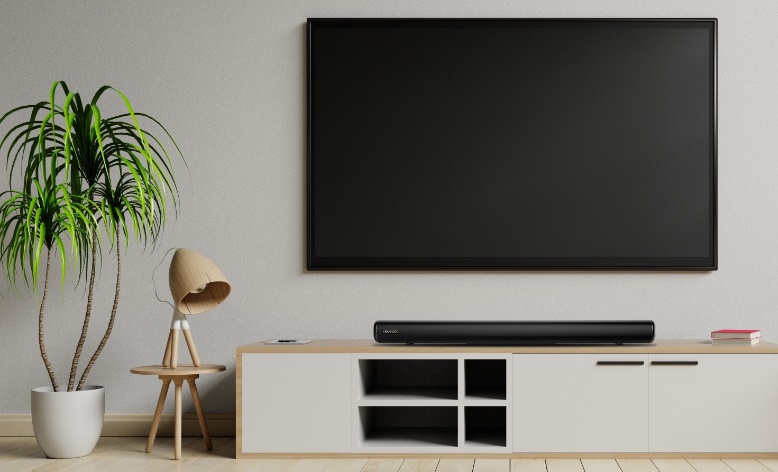
HDR10+ vs Dolby Vision: What are the HDR formats?
To start, HDR10+ is an advanced high dynamic range format developed by a Samsung-led consortium that builds on the base HDR10 standard.
Get daily insight, inspiration and deals in your inbox
Sign up for breaking news, reviews, opinion, top tech deals, and more.
HDR10+ introduces dynamic metadata, which allows the brightness and contrast of individual scenes to be optimised on a frame-by-frame basis, ensuring that darker scenes retain detail without appearing washed out (and vice versa).
An advantage of HDR10+ is its open standard, which is royalty-free, making it an attractive option for manufacturers aiming to provide premium HDR experiences without the added cost of licensing fees.
Dolby Vision is a proprietary HDR format created by Dolby Laboratories. Known for its cutting-edge features, Dolby Vision supports a higher bit depth of up to 12-bit color compared to HDR10+’s 10-bit standard.
Dolby Vision also utilises dynamic metadata, like HDR10+, but includes advanced tone mapping algorithms, enabling optimal performance across various display technologies, from entry-level LED TVs and projectors to the best OLED TVs.
A key distinction between the two formats lies in their approach to licensing and adoption: HDR10+ is royalty-free, which has led to its widespread support among manufacturers like Samsung, Panasonic, Hisense and TCL, while Dolby Vision requires licensing fees, which can increase the cost of devices but also ensures strict quality standards.
The split has resulted in Dolby Vision becoming synonymous with premium home entertainment products, including TVs from LG, Sony, and Vizio, as well as Apple devices.
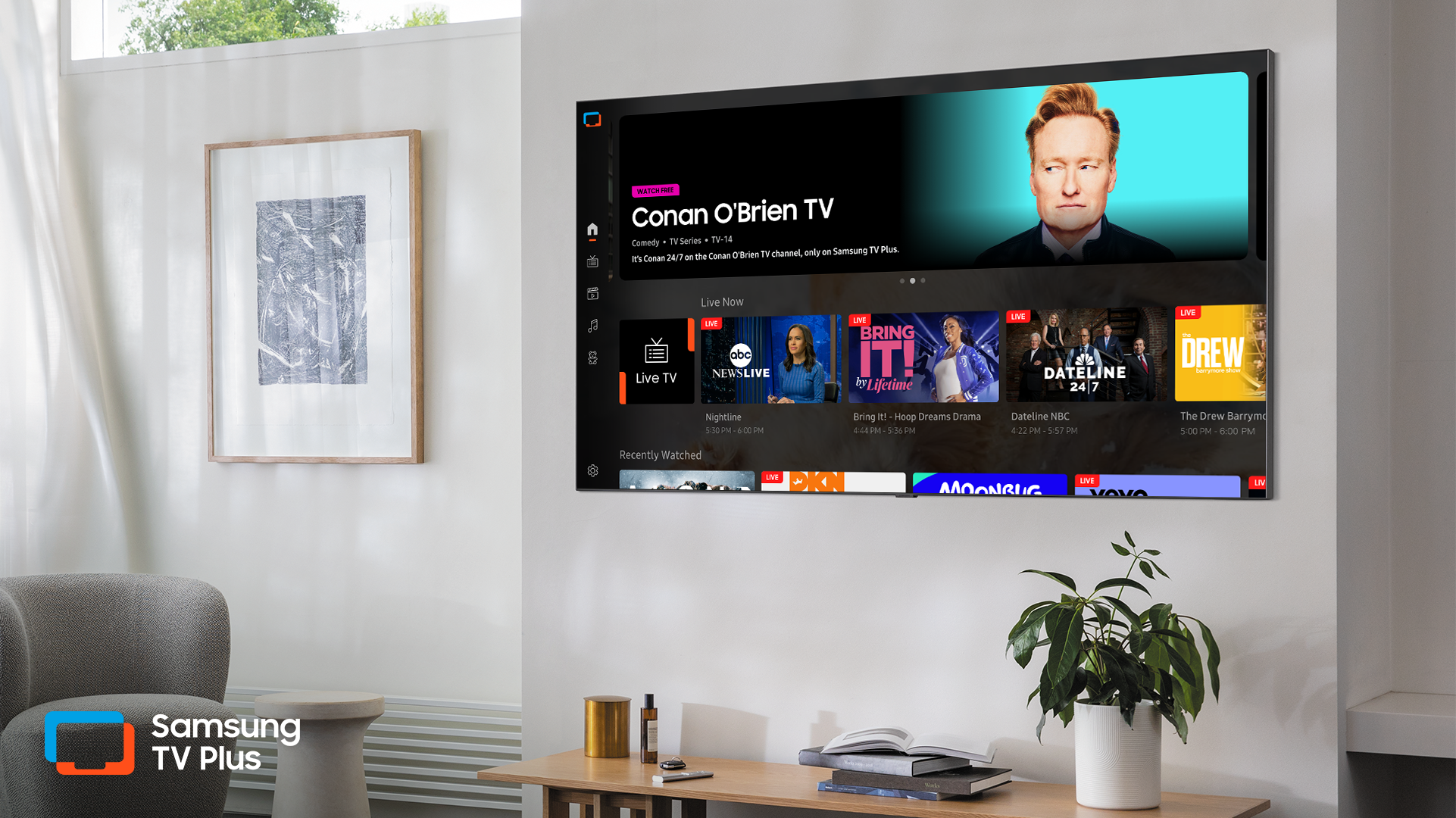
HDR10+ vs Dolby Vision: Technical features
When it comes to brightness and contrast, Dolby Vision has a clear theoretical edge, supporting peak brightness levels of up to 10,000 nits. While no consumer TVs currently achieve this level (though two new models announced by Hisense at CES 2025 have a specified 10,000 nits peak brightness), Dolby Vision’s capabilities future-proof it for emerging display technologies.
In contrast, HDR10+ is typically implemented with a practical brightness ceiling closer to 4,000 nits, which aligns with the best current-generation TVs. This difference may not be noticeable on mid-range TVs, but on high-end displays capable of pushing brightness limits, Dolby Vision’s ability to handle extreme highlights can theoretically provide a more impactful viewing experience.
In terms of colour depth, Dolby Vision again leads with support for 12-bit colour, offering a vastly expanded palette of colours and smoother gradations between shades. HDR10+, like HDR10, supports 10-bit colour, which is currently used for most content, and matches the 10-bit capability of consumer displays.
Both formats use dynamic metadata, a significant advantage over the static metadata of standard HDR10, and which enables the optimisation of brightness and contrast for each scene or frame.
While HDR10+ and Dolby Vision both use this feature, Dolby Vision’s tone mapping algorithms are often considered more advanced, delivering superior performance across a wider range of display tech, from entry-level LED TVs with limited screen brightness to flagship OLEDs.
Finally, backward compatibility is another important consideration.
Both formats are built on the HDR10 baseline, ensuring that content mastered in HDR10+ or Dolby Vision can still be viewed in HDR10 on devices that do not support the advanced formats. However, while this fallback exists, the benefits of dynamic metadata are lost, which may impact the viewing experience.
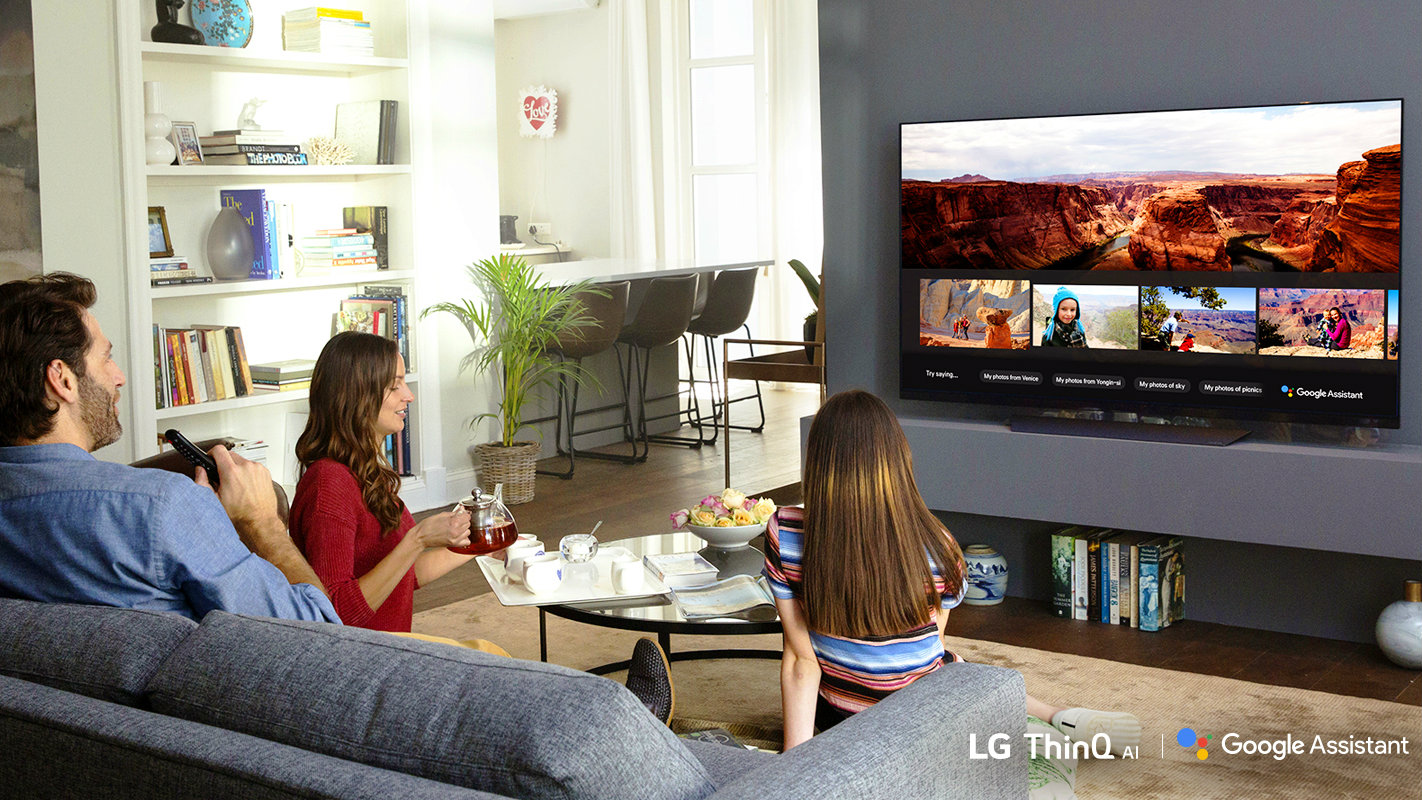
HDR10+ vs Dolby Vision: What content is available?
Content availability is a crucial factor when choosing between HDR10+ and Dolby Vision, especially as streaming platforms dominate how most people access HDR content.
Dolby Vision leads in this space, being widely supported by major streaming services like Netflix, Disney+, Apple TV+, and HBO Max, offering a vast library of films, series, and documentaries. HDR10+, while gaining traction, is primarily supported by Prime Video, Paramount+, Hulu and Apple TV+ with a smaller selection of compatible titles. At the recent CES 2025, it was announced that HDR10+ support would be coming to Disney+, though a specific timeline wasn't cited.
In the physical media space, 4K Ultra HD Blu-rays often favour Dolby Vision, thanks to its early adoption and partnerships with major studios. Many discs include both HDR10 and Dolby Vision for broader compatibility, while HDR10+ support is less common but gradually increasing.
Dolby Vision’s dual-layer approach, which includes HDR10 fallback, makes it particularly versatile for physical media collectors who use a mix of older and newer devices.
Gaming represents a growing area for HDR content, and Dolby Vision is making significant inroads with support on Xbox Series X and Series S, enhancing visuals for compatible games. In contrast, PlayStation 5 only supports HDR10, and HDR10+ adoption in gaming remains limited to select PC setups and titles.
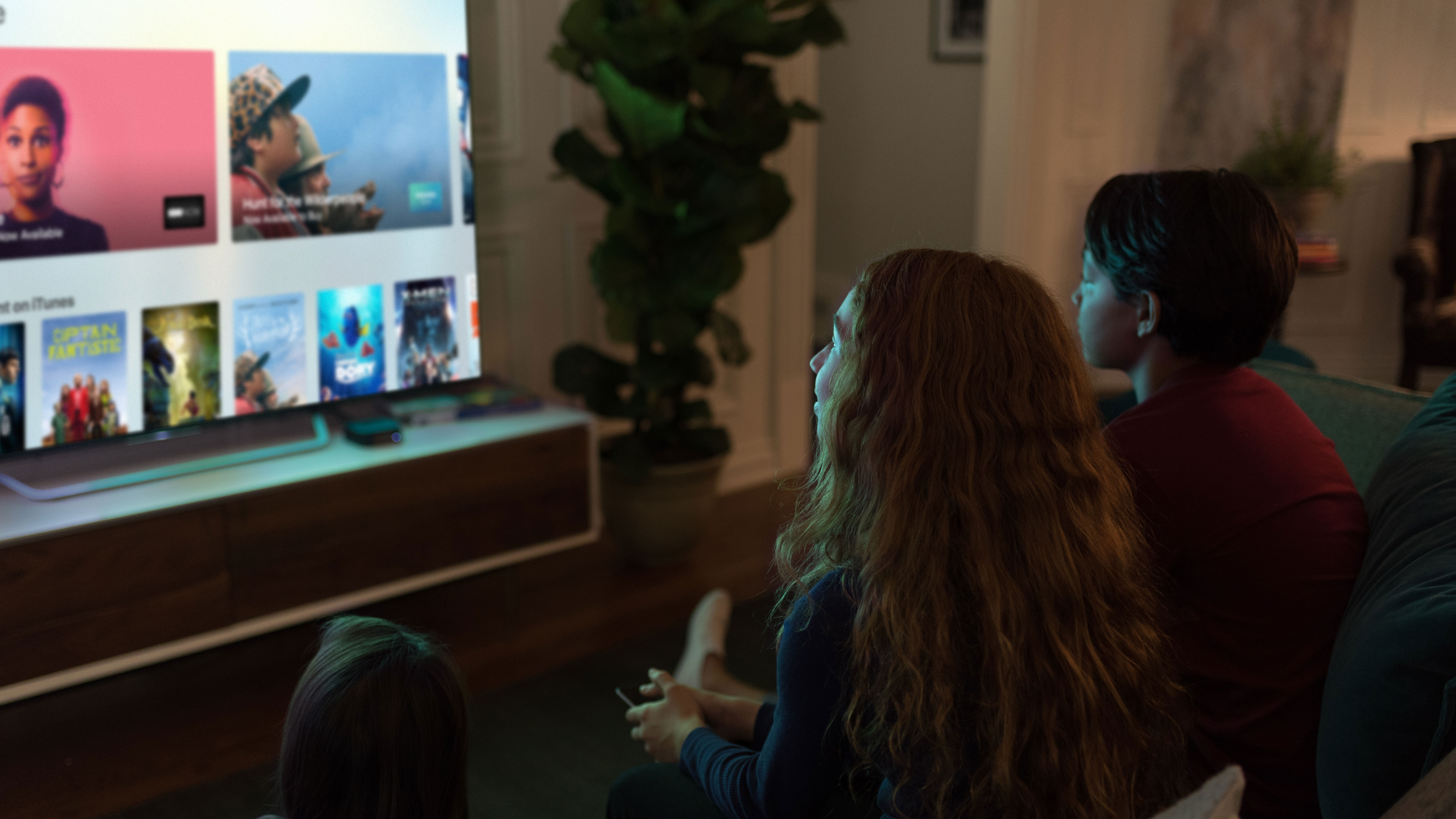
HDR10+ vs Dolby Vision: Performance, licensing, and future-proofing
When it comes to real-world performance, both HDR10+ and Dolby Vision deliver excellent HDR experiences, but their differences can become apparent depending on the display and content.
Dolby Vision tends to excel in scenarios where precise brightness control and colour accuracy are critical, thanks to its 12-bit colour depth and advanced tone mapping algorithms. HDR10+, while slightly less refined, still offers impressive results, particularly on compatible mid-range and high-end TVs that can make the most of its dynamic metadata.
In terms of licensing and costs, HDR10+ holds a distinct advantage. Being royalty-free, HDR10+ is less expensive for manufacturers to implement, allowing for more affordable TVs and devices without sacrificing core HDR performance.
Dolby Vision, on the other hand, requires licensing fees, which can contribute to higher costs for compatible products. While this cost is often passed on to consumers, the strict quality standards enforced by Dolby Vision ensure a consistent and premium experience across certified devices, making it a worthwhile investment for home theatre enthusiasts.
Looking ahead, future-proofing is a key consideration, and both formats are evolving to meet the demands of emerging technologies.
Dolby Vision’s theoretical support for 10,000 nits of brightness and 12-bit colour ensures compatibility with future display advancements, such as 8K TVs and next-generation panels. HDR10+ benefits from its open standard, which encourages widespread adoption and innovation.
One thing to note is that that content is commonly mastered within the 1,000–4,000 nits range, which reduces the theoretical advantage of Dolby Vision's 10,000 nits peak. Overall, many of the practical differences for consumers today are minimal due to content mastering standards.
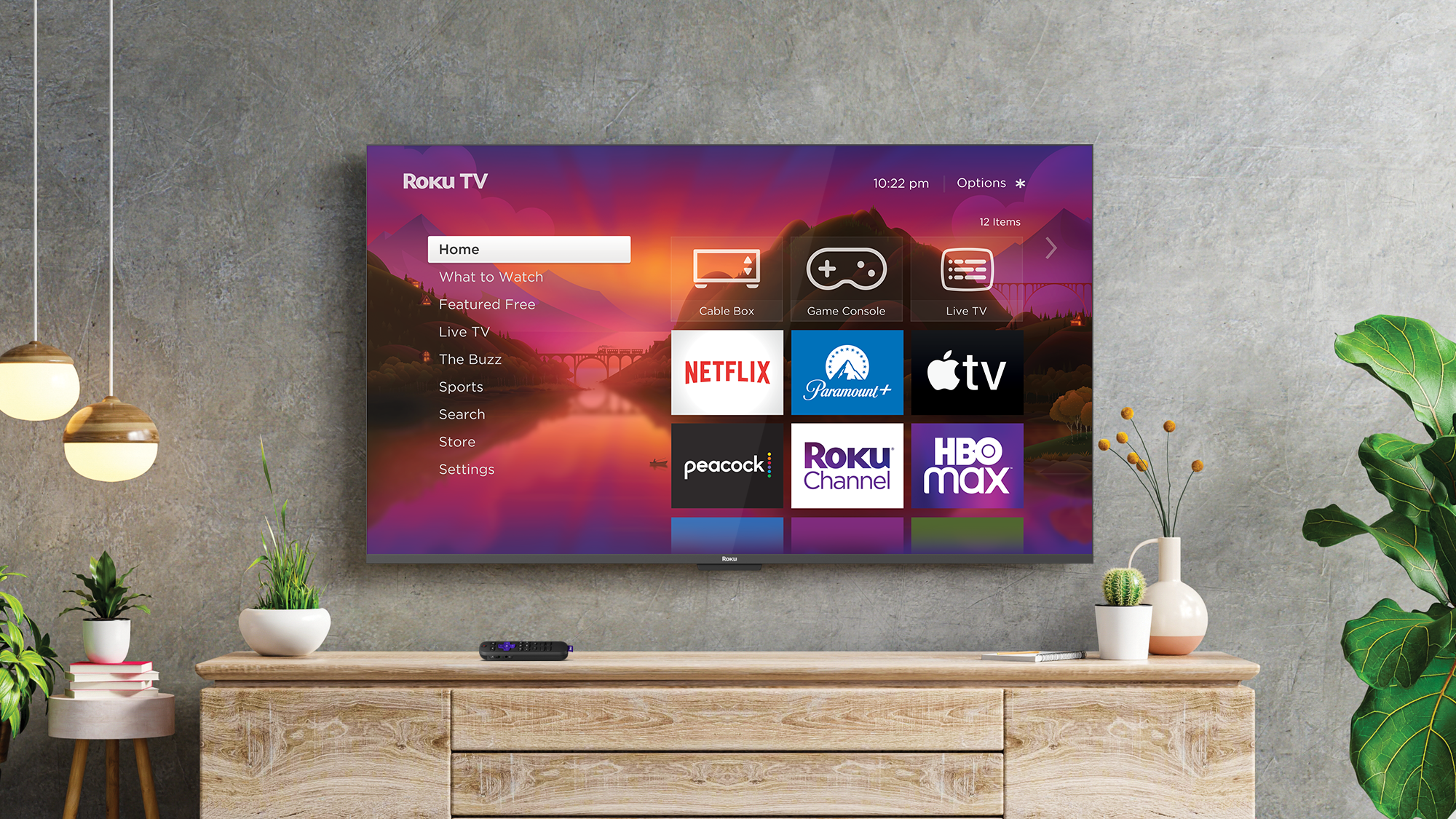
HDR10+ vs Dolby Vision: So which is best for your TV?
Choosing between HDR10+ and Dolby Vision ultimately depends on your needs, devices, and viewing habits.
For home theatre enthusiasts with high-end TVs and access to platforms like Netflix or Disney+, Dolby Vision is the clear winner, offering superior colour depth, brightness control, and a wider library of content. Its premium experience makes it ideal for cinephiles who want the best possible visuals.
HDR10+, on the other hand, is a fantastic option for those seeking a cost-effective yet impressive HDR experience. It is widely adopted by brands like Samsung and Panasonic, and has also been implemented by budget TV brands including Hisense, TCL, and Amazon.
You might also like...
Max Slater-Robins has been writing about technology for nearly a decade at various outlets, covering the rise of the technology giants, trends in enterprise and SaaS companies, and much more besides. Originally from Suffolk, he currently lives in London and likes a good night out and walks in the countryside.
You must confirm your public display name before commenting
Please logout and then login again, you will then be prompted to enter your display name.